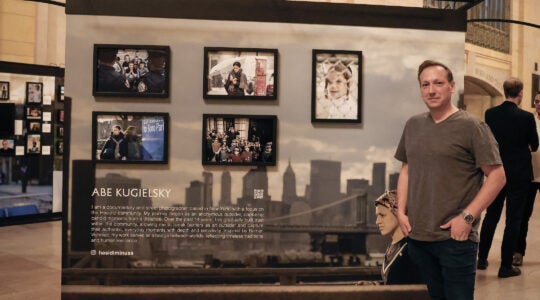What’s really behind the Muslim rioting over the last week that has claimed the life of the U.S. ambassador to Libya and has been blamed on the YouTube release of an amateur video mocking the Muslim prophet Muhammad?
- Jerusalem Post editorial:
The attack in Benghazi seems to send out the message that even when the US does the right thing – joining a coalition of Western countries in helping the Libyan people free themselves from their hated dictator – hatred for America and all it stands for remains unchanged.
- New York Times columnist Tom Friedman:
… we need to make two things very clear — more clear than President Obama’s team has made them. One is that an insult — even one as stupid and ugly as the anti-Islam video on YouTube that started all of this — does not entitle people to go out and attack embassies and kill innocent diplomats. That is not how a proper self-governing people behave. There is no excuse for it. It is shameful. And, second, before demanding an apology from our president, Mr. Ali and the young Egyptians, Tunisians, Libyans, Yemenis, Pakistanis, Afghans and Sudanese who have been taking to the streets might want to look in the mirror — or just turn on their own televisions. They might want to look at the chauvinistic bile that is pumped out by some of their own media — on satellite television stations and Web sites or sold in sidewalk bookstores outside of mosques — insulting Shiites, Jews, Christians, Sufis and anyone else who is not a Sunni, or fundamentalist, Muslim. There are people in their countries for whom hating “the other” has become a source of identity and a collective excuse for failing to realize their own potential.
- Rami Khouri in Lebanon’s Daily Star:
My concern is primarily about the frequent and negative linkages between the Arab uprisings across the Middle East and North Africa that seek more legitimate and democratic governance systems, and the angry protests and the few incidents of violence or death that erupted across the Arab-Asian region in the past week. Some in the U.S. now feel that demonstrations and occasional violence essentially negate the epic gains of the Arab uprisings.
This is such a terrible equation because the demonstrators usually involved a few hundred and occasionally a few thousand people (mostly men) who went out for a few hours here and there to express their rather legitimate anger (along with a few illegitimate and unacceptable acts of violence) at having their Prophet and religion deliberately demeaned. The attacks against the American consulate in Benghazi may also have included a preplanned attack by a small band of Salafist militants.
In contrast, the Arab Spring uprisings have gone on uninterrupted, in some cases for a year and nine months, and have seen tens of millions of ordinary citizens go out into the streets to demonstrate peacefully for the most part as they worked to remove their dictators and live a more dignified and free life.
-
Faisal Al Yafai in Abu Dhabi’s The National:
All of this is the reality of a turbulent relationship between two large, complex regions. Just as Americans need to understand Arabs, Arabs need to do the same for Americans. Charges of malicious intent by America are too easily believed in the region, and the beneficial uses of US military might (as in Libya) are too easily dismissed by reference to the negative (Iraq). The caricatures of extremists are tempting: if America is not the cesspit suggested by Salafists, the Middle East is not the cauldron painted by neocons.
Wider than that, though, is the fundamental misconception of history that suggests Arabs ought to be grateful for America’s wars. The people of the Middle East understand, in the clearest possible way, that America did not fight those wars for them. When America fought in Afghanistan and Iraq, or before that in Lebanon, it fought on the soil of those countries but over the heads of the populace. America fights first for America’s interests.
JTA has documented Jewish history in real-time for over a century. Keep our journalism strong by joining us in supporting independent, award-winning reporting.





